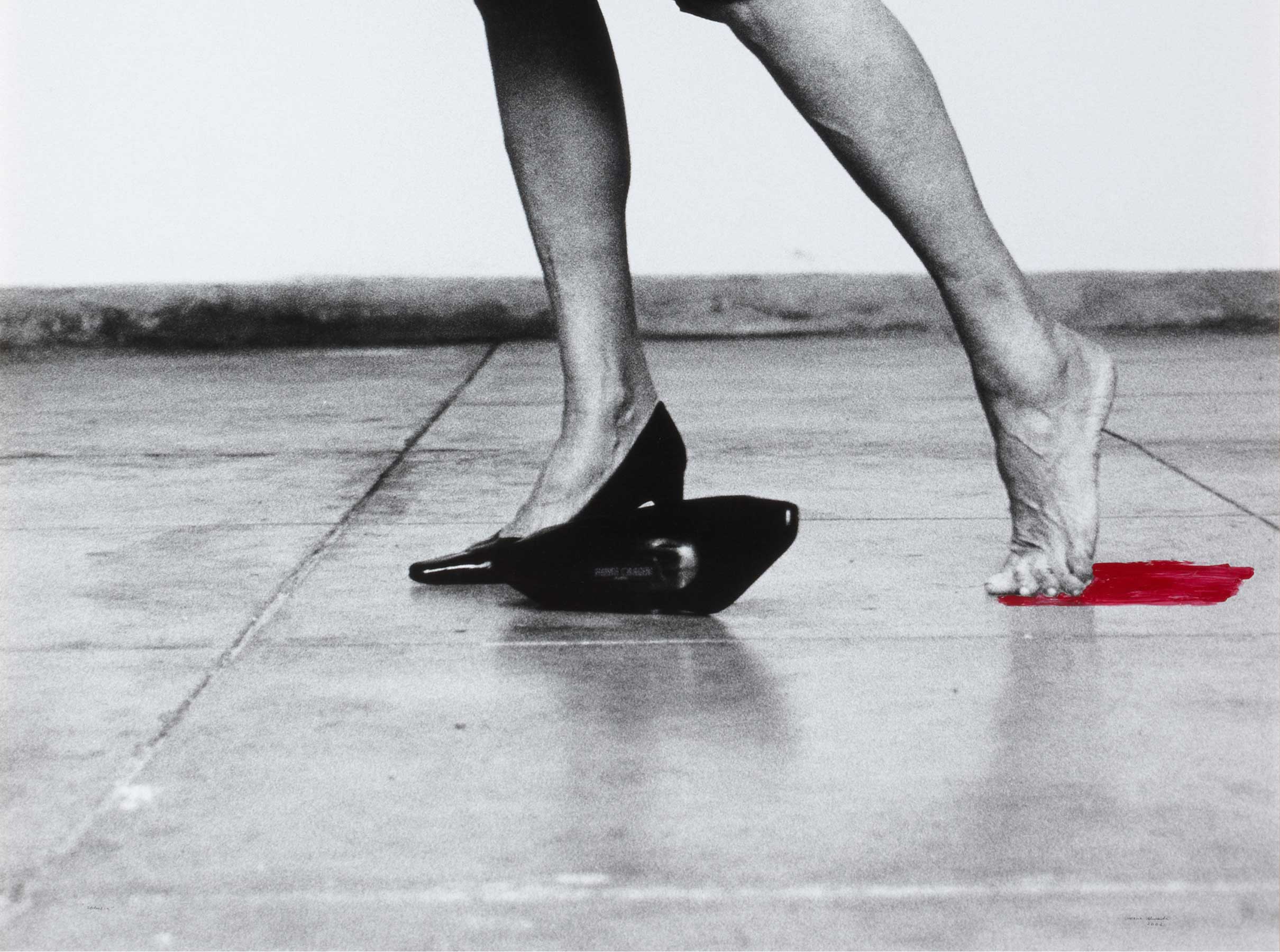Plaza Urquinaona
- c. 1950
- Oil on canvas
- 50 x 61 x 2 cm
- Cat. P_93
- Acquired in 1975
Emilio Bosch's skill in depicting urban perspectives is said to have been a legacy of his early work as an assistant set designer. A self-taught artist, he was able to bring a personal understanding of painting to his work, exploring the concept of space from his background in the performing arts.
Towards the end of his life, he tended towards greater abstraction and figurative motifs, but he is still best remembered for his work in two of the most classic of pictorial genres, still life and — in particular — landscape painting. At the beginning of his career, he mainly painted rural landscapes, showing clear influences from Paul Cézanne and his schematic realism. However, he was soon seduced by the rich contrasts of the urban surroundings of Barcelona.
Bosch's work is characterized by the fast brushstrokes, the constant interplay of vertical and horizontal lines and the artist's ability to catch the mystery and emotion of the light in his own inimitable way. This view of Plaza Urquinaona in Barcelona, instantaneous and resolute, clearly shows why by the early 1950s Bosch was considered to be one of the great interpreters of the Barcelona cityscape, and one of the finest of contemporary Catalan landscape painters.
Other works by Emilio Bosch i Roger

